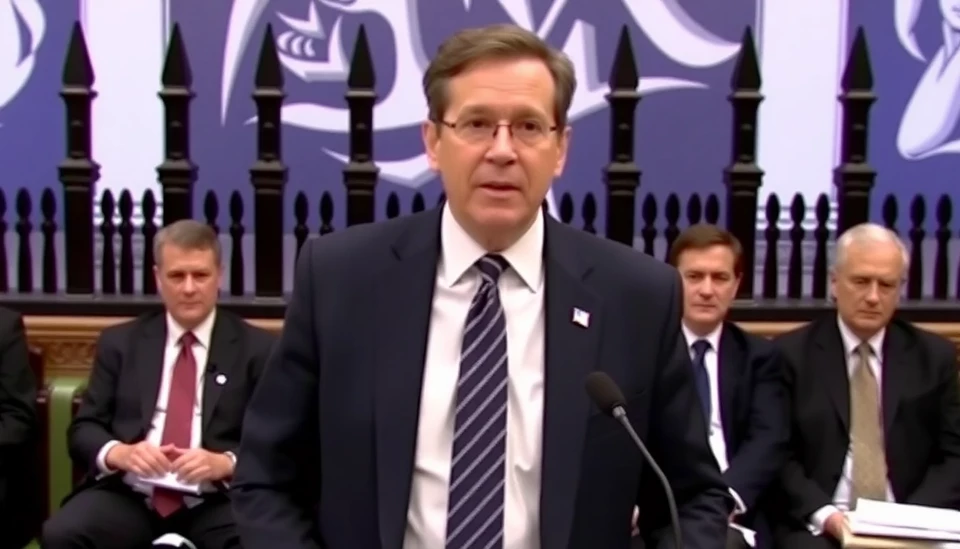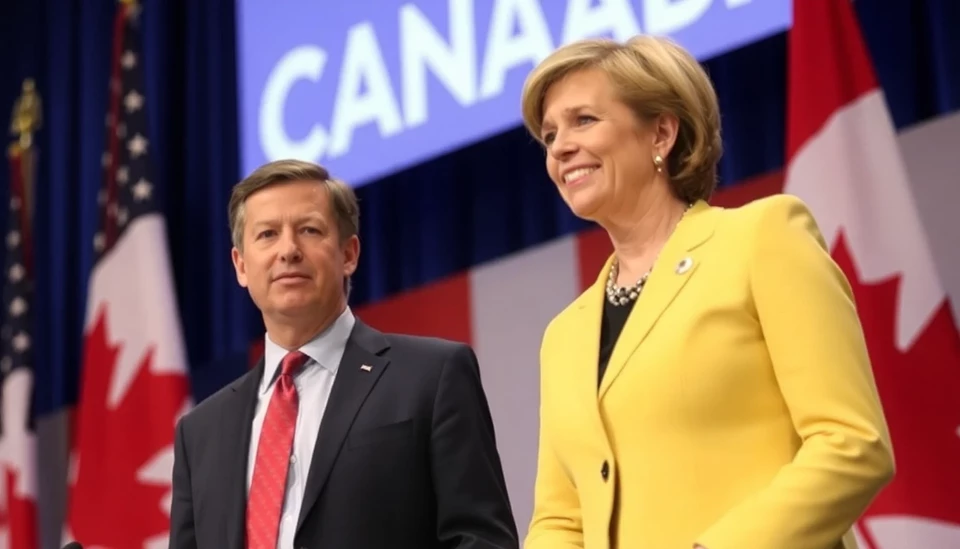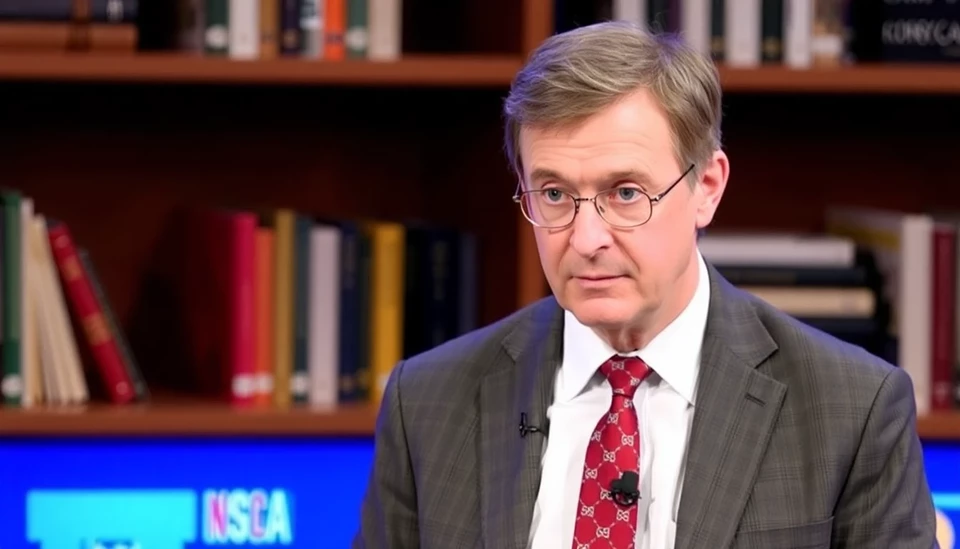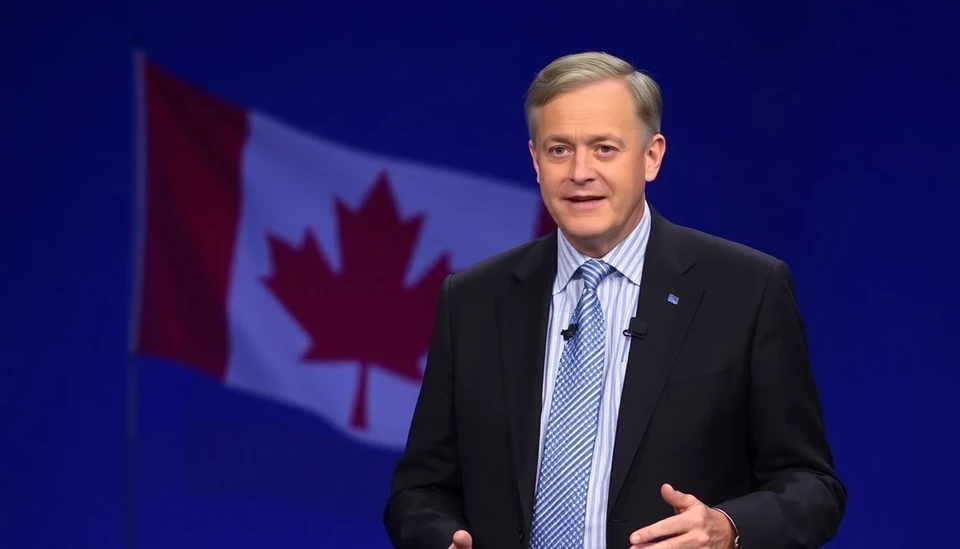
Mark Carney, the former Governor of the Bank of England and a leading figure in global finance, has announced an ambitious plan aimed at stimulating economic growth through significant public spending initiatives. His latest proposals focus on enhancing infrastructure while also providing tax relief to citizens. Carney argues that these investments, although leading to deeper deficits, are a necessary strategy to drive long-term economic stability and growth.
In a recent address, Carney outlined the vital role that infrastructure spending plays in creating jobs and enhancing the quality of life for citizens. He emphasized that maintaining and developing public assets is essential not only for immediate economic benefits but also for sustaining competitiveness in a rapidly evolving global market. According to Carney, the present moment is critical for adopting a forward-thinking approach to economic policy, particularly given the ongoing challenges posed by inflation and slow wage growth.
Carney pointed to successful models from other nations, advocating for a comprehensive review of existing spending frameworks to identify opportunities for increased investment. This would involve a reassessment of budget priorities, potentially leading to a radical shift in how government funds are allocated. He maintained that public finance should not be viewed purely in terms of adding to national debt but rather as a strategic investment in the future prosperity of the country. Accordingly, he encouraged policymakers to embrace a more flexible approach to deficits, particularly in times of economic uncertainty.
The proposed tax cuts, designed to ease the burden on taxpayers, are part of Carney's broader vision for revitalizing consumer spending and driving economic activity. By reducing taxes, he hopes to empower citizens to invest and spend more, stimulating demand for goods and services. This, he argues, would create a positive feedback loop that not only boosts the economy in the short term but also builds a more resilient fiscal structure for the future.
While some critics warn that deeper deficits may lead to longer-term economic problems, Carney remains steadfast in his belief that such measures are both necessary and beneficial. He acknowledged the concerns regarding fiscal discipline but insisted that investment in infrastructure and tax relief should take precedence during periods of economic stagnation. “The risks of inaction far outweigh the risks of moving forward with a bold investment strategy,” he stated during his remarks.
Carney’s call to action is particularly resonant amid the backdrop of growing public concern about climate change and the need for sustainable development. His infrastructure proposals include plans to modernize energy systems and transportation networks, aligning economic objectives with ecological responsibilities. Such initiatives are expected to create numerous jobs while addressing pressing environmental challenges.
As Carney continues to champion a proactive economic agenda, his proposals are gaining traction among certain policymakers and economic analysts who are increasingly advocating for a shift from austerity towards growth-oriented strategies. Whether local and national governments will embrace these ideas remains to be seen, but Carney’s vision has undoubtedly sparked a vital discussion about the future direction of economic policy.
As the dialogue surrounding these issues intensifies, it poses an essential question for leaders and citizens alike: How far are we willing to go in pursuit of economic recovery and sustainable development?
#Carney #Economy #Infrastructure #TaxCuts #PublicSpending #EconomicGrowth #SustainableDevelopment
Author: Rachel Greene




